Home>Interior Design>Trends To Avoid In Your Living Room: 5 Features That Have Divided Experts
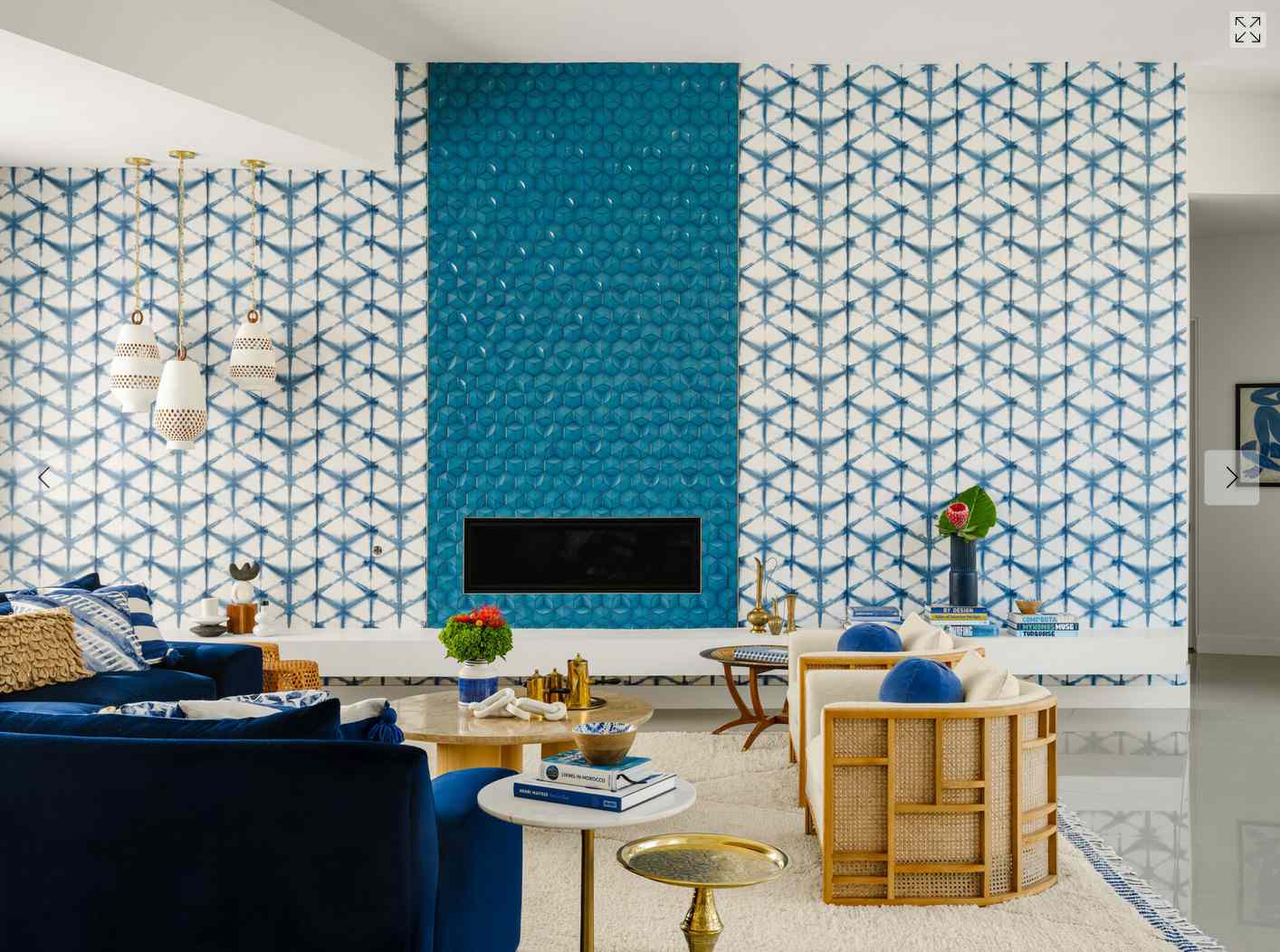

Interior Design
Trends To Avoid In Your Living Room: 5 Features That Have Divided Experts
Modified: September 2, 2024
Avoid these controversial trends in your living room that have divided interior design experts. Discover the 5 features to steer clear of.
(Many of the links in this article redirect to a specific reviewed product. Your purchase of these products through affiliate links helps to generate commission for Storables.com, at no extra cost. Learn more)
Introduction
In the world of interior design, trends come and go, and opinions vary on what makes a space truly timeless and stylish. When it comes to designing a living room, there are certain features and elements that have divided experts. While some designers swear by these features, others argue against them, claiming they can detract from the overall aesthetic and functionality of the space.
In this article, we will explore five controversial living room trends that have sparked debates among interior design professionals. We will delve into the pros and cons of each trend and provide expert insights on whether to embrace or avoid them. By understanding the differing perspectives, you can make an informed decision about how to design your living room to reflect your personal style and meet your specific needs.
So, let’s dive in and explore these contentious living room features!
Key Takeaways:
- Embrace appropriately sized furniture to create a harmonious balance in your living room, ensuring it feels spacious, functional, and visually appealing. Consult with an interior designer for valuable insights.
- Find a balance with mixed patterns, using them as accents to infuse visual interest without overwhelming the room. Experiment with different combinations to suit your personal style and preferences.
Feature 1: Oversized Furniture
When it comes to furniture, bigger isn’t always better. Oversized furniture has become a popular trend in recent years, with homeowners seeking to create a cozy and inviting atmosphere in their living rooms. However, this trend has divided experts in the field of interior design.
Proponents of oversized furniture argue that it offers unparalleled comfort and creates a statement piece in the room. It can make a bold design statement and evoke a sense of grandeur. On the other hand, critics argue that oversized furniture can overpower a space and make it feel cramped and cluttered.
There are also practical challenges to consider when incorporating oversized furniture into your living room. It can be difficult to maneuver and arrange large pieces, especially in smaller spaces. Additionally, it may limit the flexibility of the room and make it challenging to reconfigure the layout in the future.
Experts who advocate for downsizing furniture recommend opting for pieces that are proportionate to the room’s size. They emphasize the importance of creating a harmonious balance between furniture and the surrounding space. By choosing appropriately sized furniture, you can ensure that the room feels spacious, functional, and visually appealing.
When selecting furniture for your living room, it’s crucial to consider both the aesthetic and practical aspects. Take into account the size of the room, the intended purpose of the furniture, and how it fits into the overall design scheme. Consulting with an interior designer can provide you with valuable insights and help you make the best decision for your living room.
Feature 2: Too Many Patterns
Patterns can bring life and personality to a living room, but there is a fine line between a well-curated blend and an overwhelming mishmash of patterns. The use of excessive patterns has sparked a controversy among interior design experts.
Some designers argue that incorporating multiple patterns can create visual interest and add depth to a space. They believe that mixing patterns allows for creativity and personal expression, giving the room a unique and eclectic look. However, critics contend that too many patterns can be overpowering and result in a chaotic and cluttered aesthetic.
To strike a balance with mixed patterns, experts recommend following a few guidelines. First, consider the scale of the patterns and ensure that they complement and harmonize with each other. Pair large-scale patterns with smaller ones to create contrast and balance. Secondly, stick to a cohesive color palette to anchor the various patterns and prevent them from clashing. Additionally, choose patterns with a similar visual style, such as geometric or floral, to maintain a cohesive look.
Incorporating patterns sparingly is another approach suggested by experts. Instead of covering every surface with patterns, focus on using them as accents. Adding patterned throw pillows, rugs, or curtains can infuse visual interest without overwhelming the room. Opting for solid-colored furniture and walls can provide a neutral backdrop and allow the patterns to shine.
Ultimately, the key is to find a balance that suits your personal style and preferences. Experiment with different patterns and combinations to see what feels right for your living room. A skilled interior designer can also provide guidance and help you achieve a harmonious blend of patterns that enhances the overall aesthetic of the space.
Feature 3: Television as the Focal Point
The television has become a central fixture in many living rooms, but there is an ongoing debate among interior design experts about whether it should be the focal point of the space. Some argue that centering the room around a TV can inhibit social interaction and detract from the overall aesthetic.
Opponents of making the television the focal point believe that it can dominate the room and hinder face-to-face conversation. They suggest exploring alternative focal points that encourage interaction and create a more balanced atmosphere. Consider incorporating a fireplace, a stunning piece of artwork, or a large window with a scenic view as the main focal point of the room.
Designers also propose various layout ideas that allow for a versatile living room space. For instance, placing the TV on a wall-mounted bracket or in a dedicated media console can help it blend seamlessly with the room’s decor. This allows you to shift the focus away from the TV when it’s not in use, making the space more flexible and adaptable for different activities.
Expert insights emphasize the importance of creating a multifunctional living room layout. By arranging furniture in a way that encourages conversation and flow, you can create distinct zones within the space. Consider incorporating comfortable seating areas, a reading nook, or a game table to cater to different activities and interests.
When designing your living room, think about how you want the space to function and what activities will take place there. Take into account the size and placement of your TV and consider how it can be integrated harmoniously into the overall design. By exploring alternative focal points and adopting a versatile layout, you can create a living room that is both visually appealing and conducive to social interaction.
When choosing furniture for your living room, avoid oversized pieces that overwhelm the space and make it feel cramped. Opt for appropriately scaled furniture to create a more balanced and comfortable environment.
Feature 4: Overuse of Accent Walls
Accent walls have been a popular design feature in living rooms for quite some time, but their overuse has sparked a divide among interior design experts. While accent walls can add visual interest and create a focal point, critics argue that their excessive use can result in a disjointed and unbalanced look.
Instead of relying solely on accent walls, experts suggest exploring alternative ways to incorporate visual interest into the living room. One option is to use a combination of textures and materials to create depth and dimension. Consider incorporating a variety of materials like exposed brick, stone, or wood paneling on different walls to add visual intrigue without overwhelming the space.
Another alternative to accent walls is to focus on incorporating statement pieces or unique furniture that draw attention. This can be achieved by selecting bold-colored furniture, investing in eye-catching artwork, or making use of interesting architectural elements, such as archways or large windows, as natural focal points.
Experts emphasize the need for a cohesive look when designing a living room. To achieve this, they recommend selecting a consistent color palette and carrying it throughout the space. This ensures that all elements, from furniture to accessories, work together harmoniously. By maintaining a cohesive look, you can create a visually appealing living room that doesn’t rely solely on accent walls.
When considering whether to incorporate accent walls or explore alternative design options, it’s important to take into account the size and layout of your living room. A well-designed space should have a balanced and cohesive feel, with each element complementing the overall aesthetic.
Consulting with an interior designer can provide valuable insights into how to strike the right balance and achieve a cohesive look in your living room without relying too heavily on accent walls. Their expertise can help you make informed decisions and create a space that is visually appealing and reflective of your personal style.
Feature 5: Lack of Functional Space
In the world of interior design, aesthetics often take precedence over functionality. However, there is a growing concern among experts about the issue of sacrificing functional space in living rooms for the sake of visual appeal. It’s important to strike a balance between creating a stylish and inviting space while ensuring it remains practical and functional.
One common mistake that homeowners make is overcrowding the room with too much furniture or decorative items. This can result in limited walking space and make it challenging to navigate the room comfortably. To maximize functional space, experts recommend adopting a minimalist approach by carefully selecting furniture pieces that serve a purpose and avoiding unnecessary clutter.
Space-saving solutions are also key in creating a functional living room. Consider incorporating multi-purpose furniture, such as a storage ottoman or a coffee table with built-in shelving. These pieces provide additional storage opportunities while serving their primary functions.
Another strategy to maximize functional space is through effective furniture placement. Start by analyzing the traffic flow in the room and arrange furniture in a way that promotes easy movement and clear pathways. Consider using space-saving techniques, such as floating shelves or wall-mounted storage, to free up floor space.
When it comes to selecting furniture, opt for pieces that prioritize both comfort and functionality. Look for sofas and chairs with hidden storage compartments, or consider a modular sofa that can be easily rearranged to suit different needs. These versatile options allow you to create a living room that is adaptable to various activities and lifestyles.
Expert suggestions also emphasize the importance of multi-functional zones within the living room. Incorporate designated areas for activities such as reading, studying, or entertaining. This can be achieved by using room dividers, rugs, or furniture placement to create distinct spaces within the room.
By prioritizing functionality alongside aesthetics, you can create a living room that not only looks stylish but also suits your everyday needs. Consider consulting with an interior designer who specializes in space planning to ensure that your living room layout is optimized for both visual appeal and functionality.
Conclusion
Designing a living room involves a delicate balance of personal style, functionality, and current trends. Throughout this article, we have explored five controversial living room features that have divided experts in the world of interior design. From oversized furniture to the use of patterns, television placement, accent walls, and lack of functional space, each feature has its pros and cons.
While some trends may be popular, it’s essential to consider how they contribute to the overall aesthetics and functionality of your living room. The key is to strike a balance that suits your personal preferences and lifestyle. Take into account the size of your space, the purpose of the room, and your own design sensibilities when making decisions about these features.
Remember that trends come and go, but a timeless and well-designed living room should prioritize both visual appeal and practicality. Consulting with an interior designer can provide valuable insights and guidance in navigating these design choices.
Ultimately, your living room should reflect your personality and offer a welcoming space for socializing, relaxation, and everyday activities. Incorporate elements that resonate with you and create a harmonious balance, combining both style and functionality.
By carefully considering the controversial features discussed in this article and taking expert advice into account, you can design a living room that is unique, inviting, and tailored to your individual needs. Don’t be afraid to mix and match, experiment with different ideas, and most importantly, let your personal style shine through to create a living room that you will love for years to come.
Frequently Asked Questions about Trends To Avoid In Your Living Room: 5 Features That Have Divided Experts
Was this page helpful?
At Storables.com, we guarantee accurate and reliable information. Our content, validated by Expert Board Contributors, is crafted following stringent Editorial Policies. We're committed to providing you with well-researched, expert-backed insights for all your informational needs.
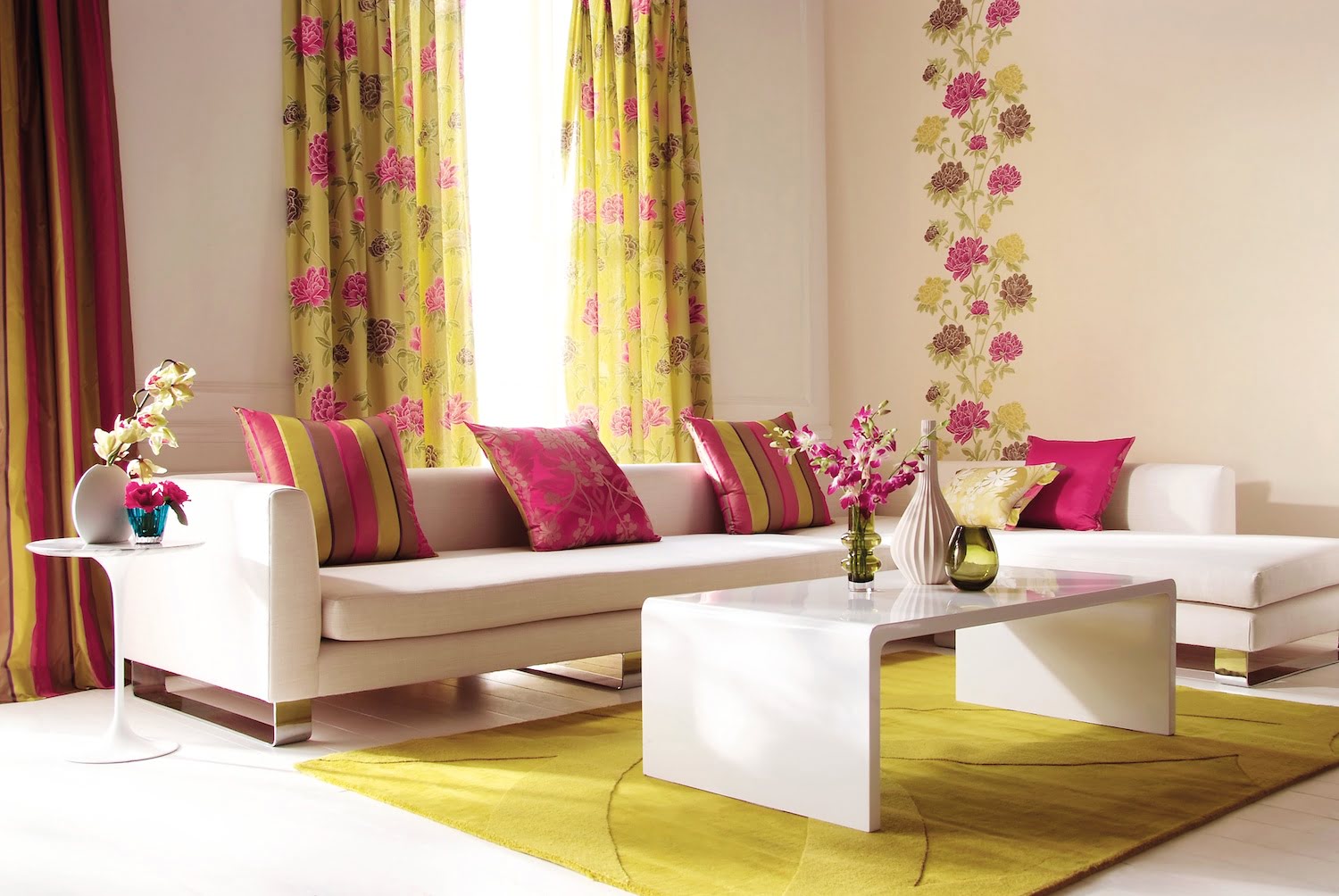
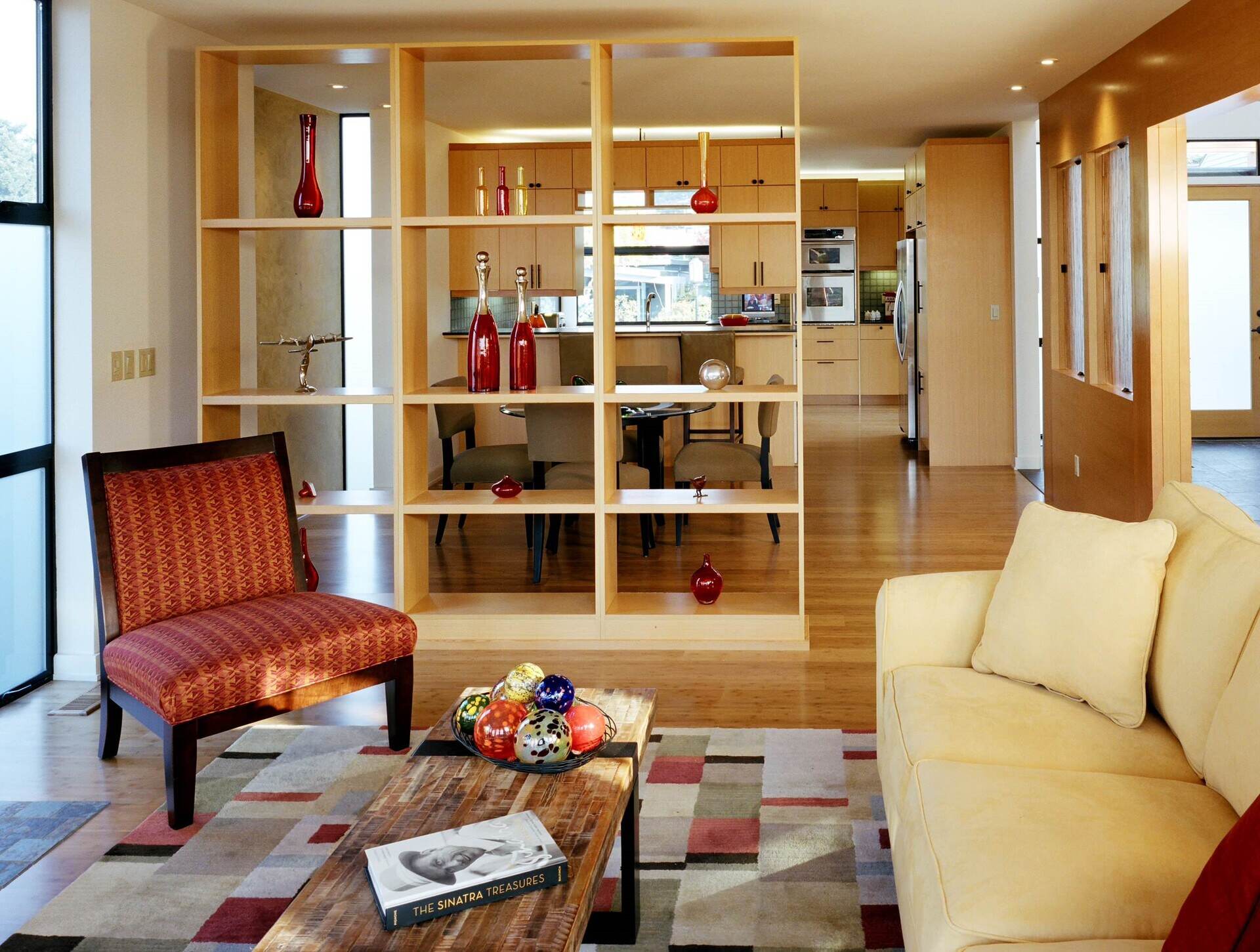
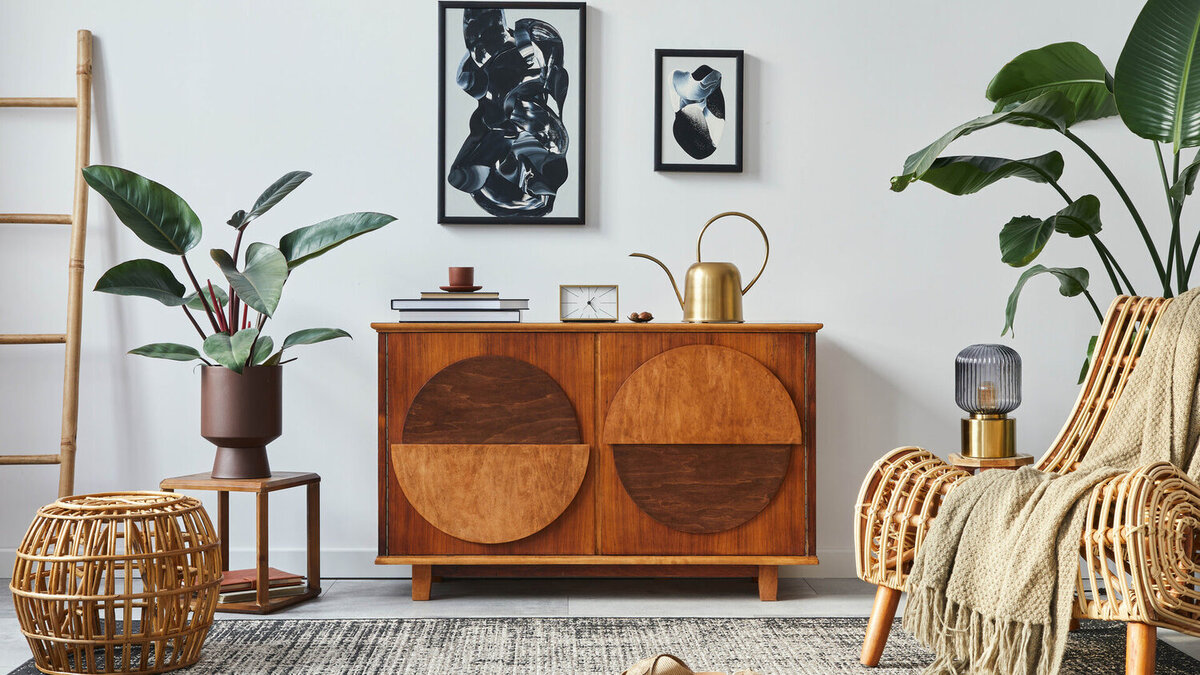

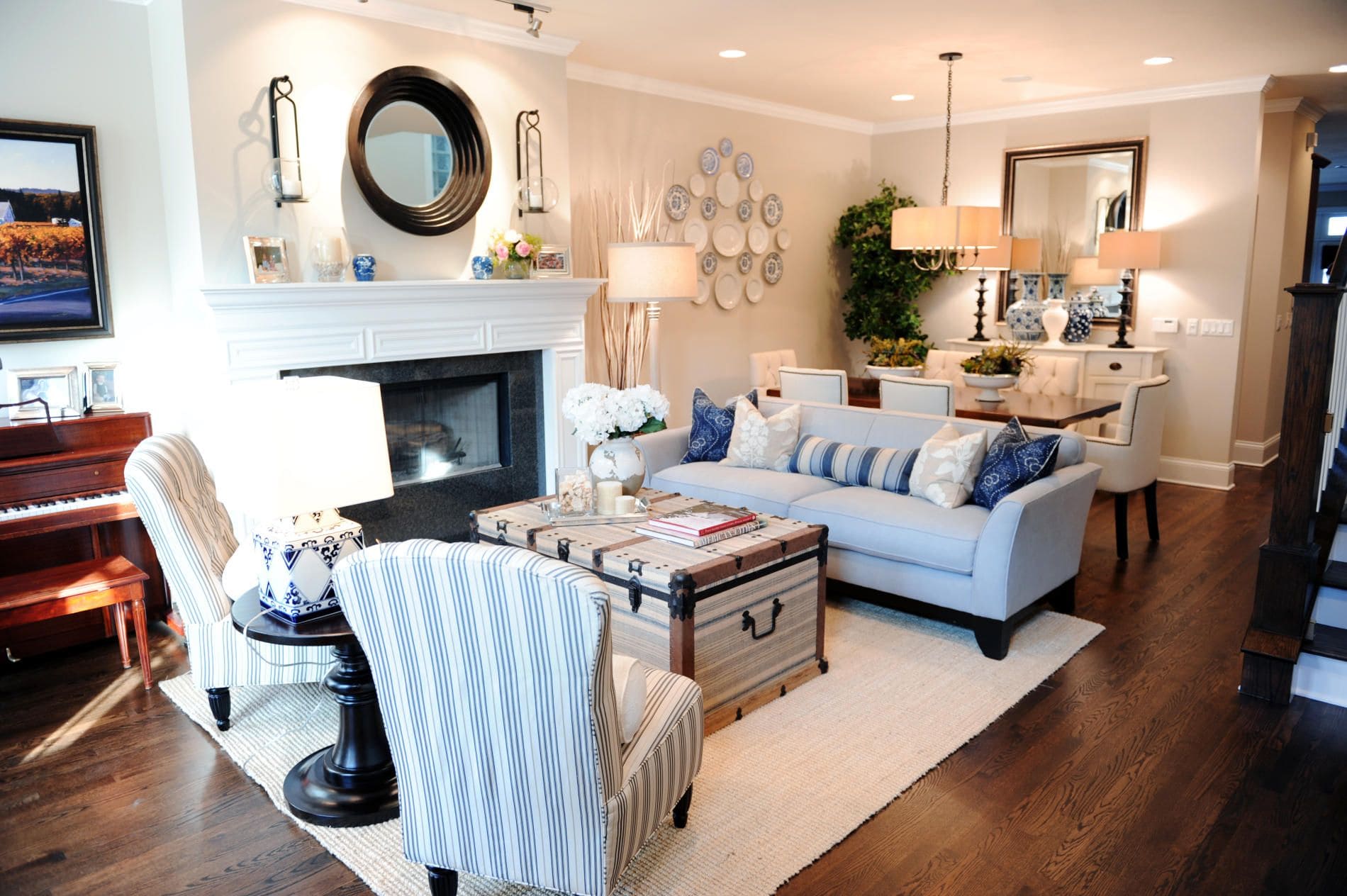
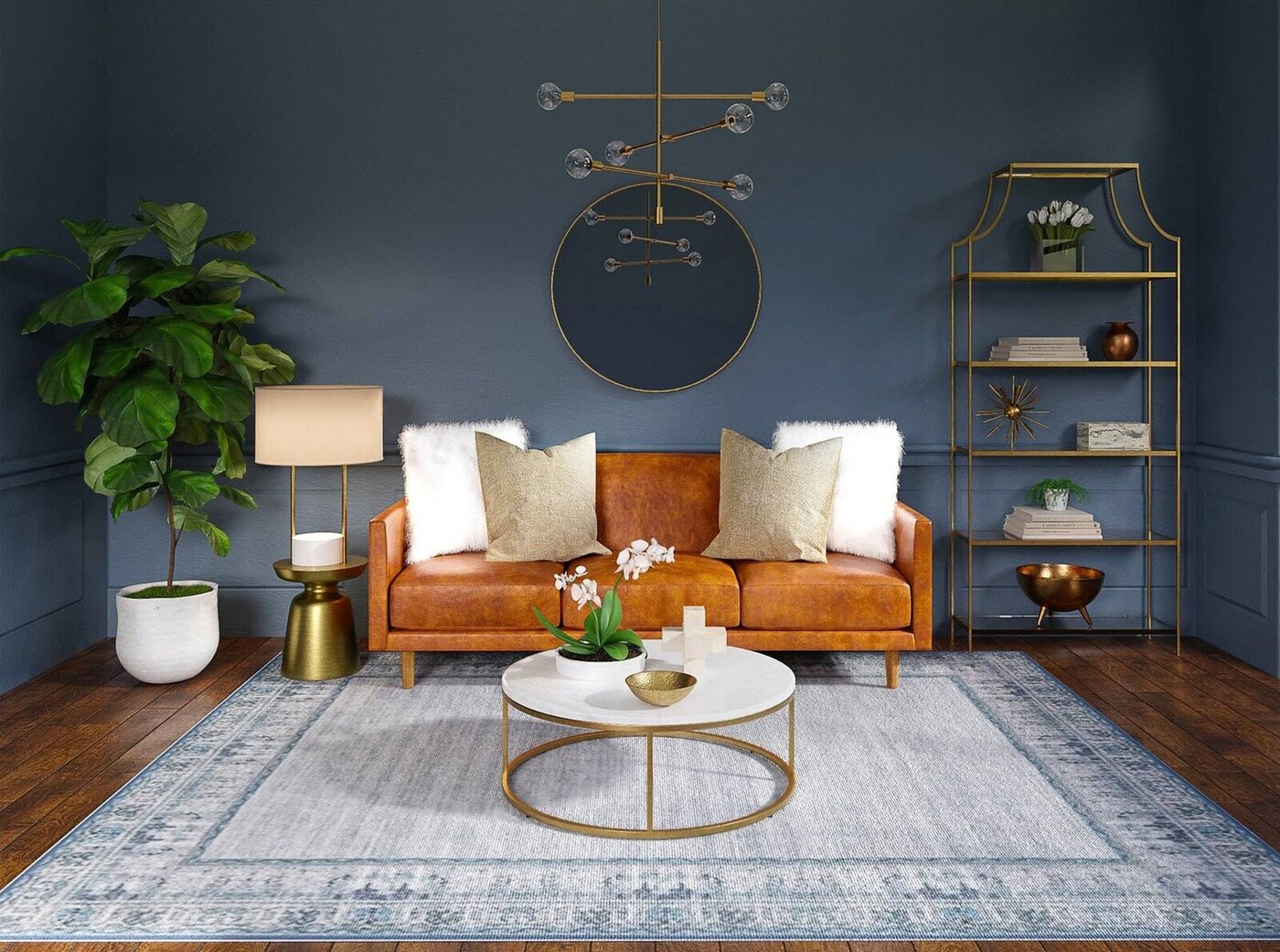


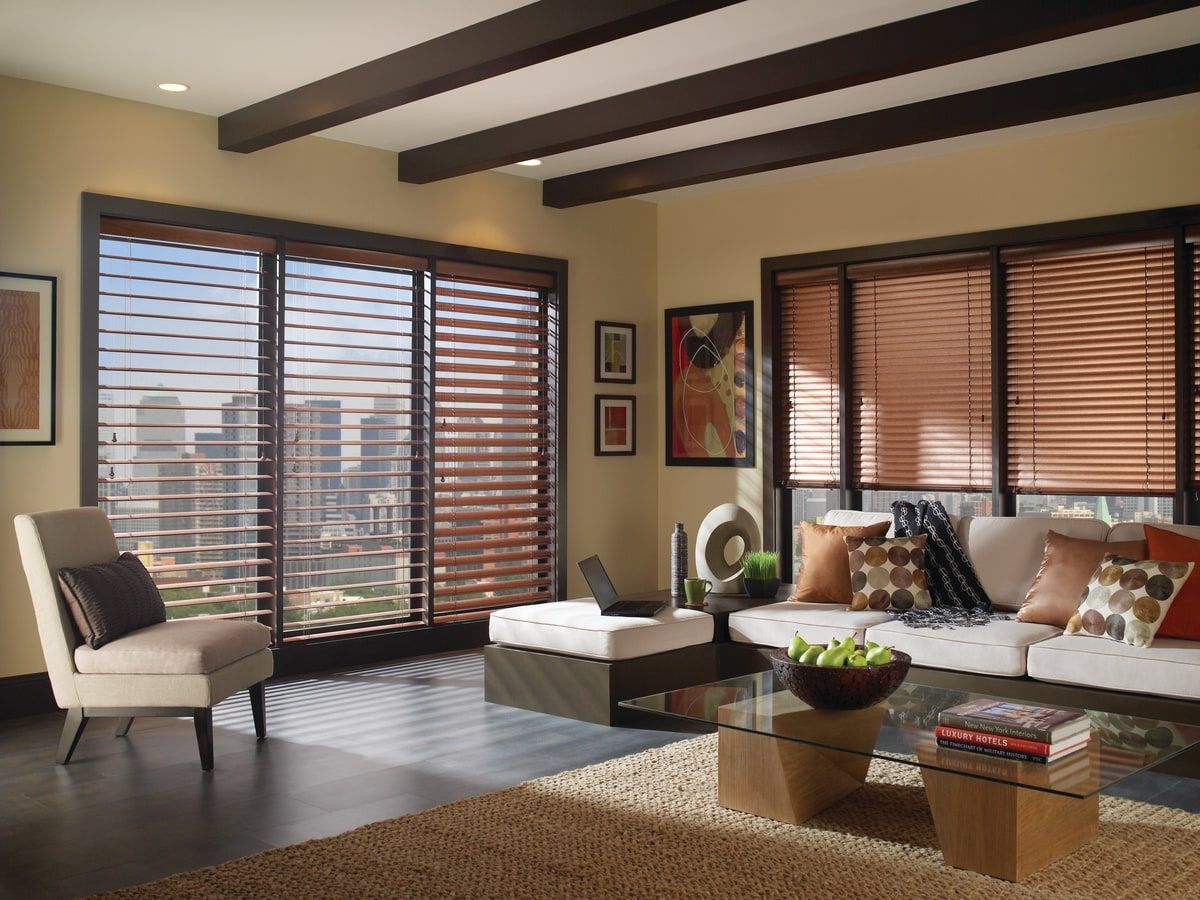
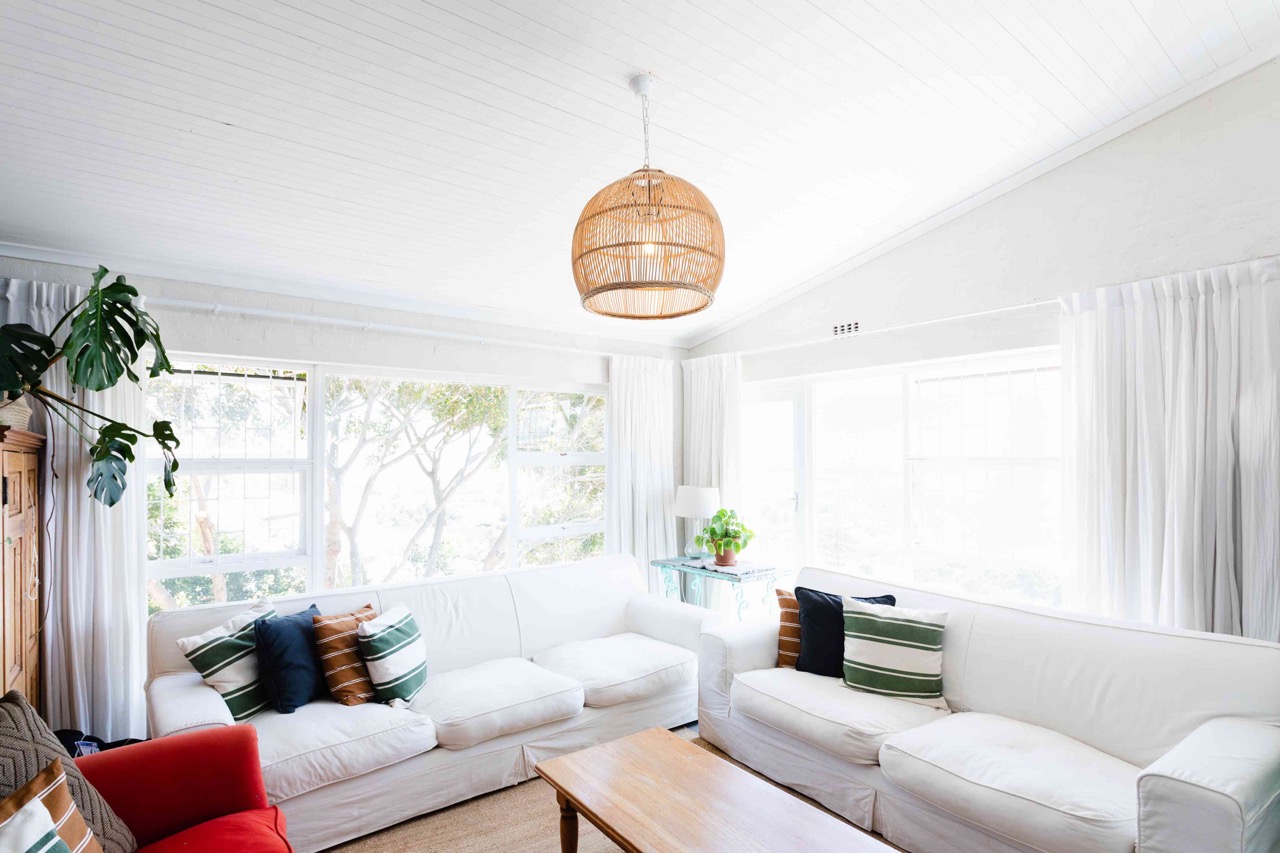
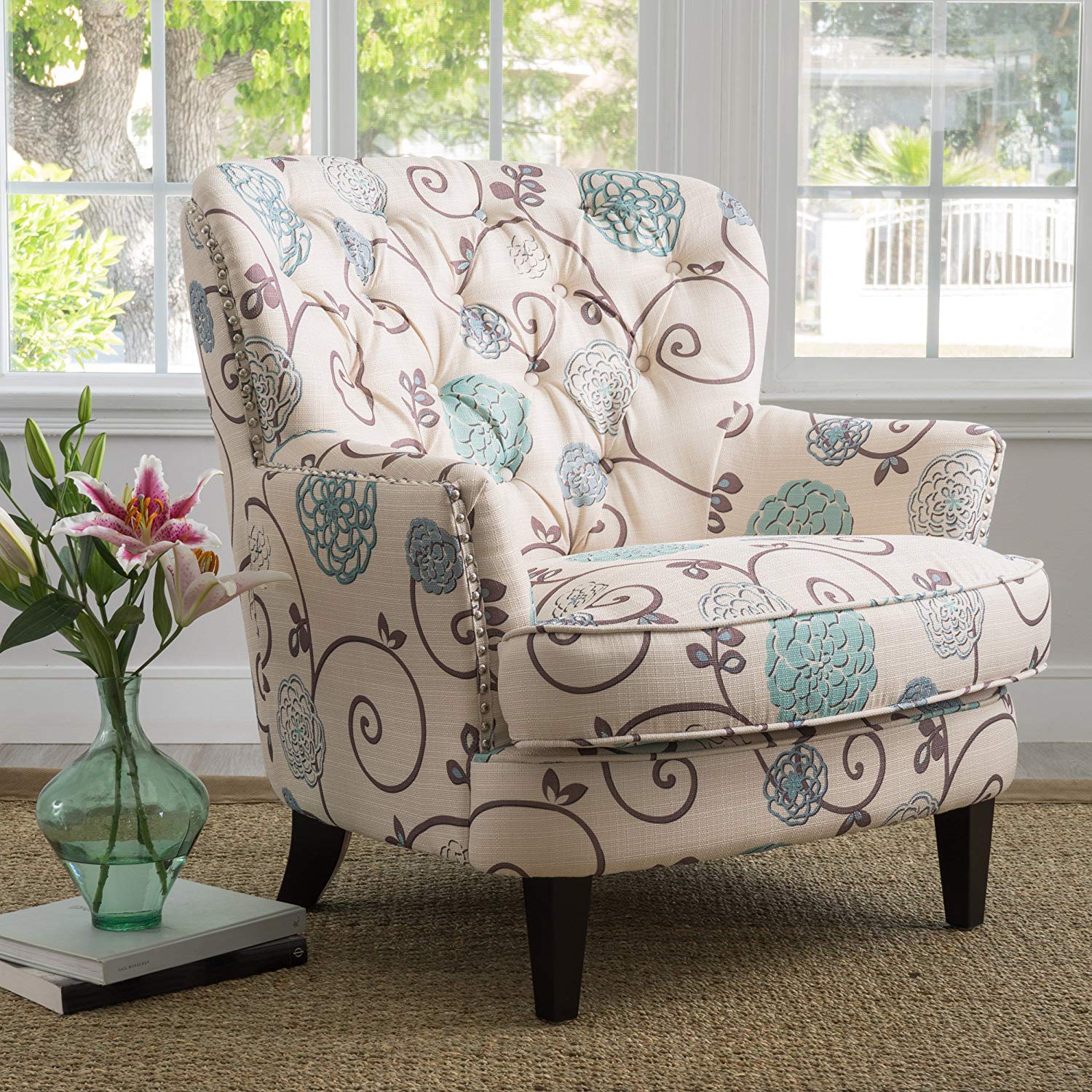
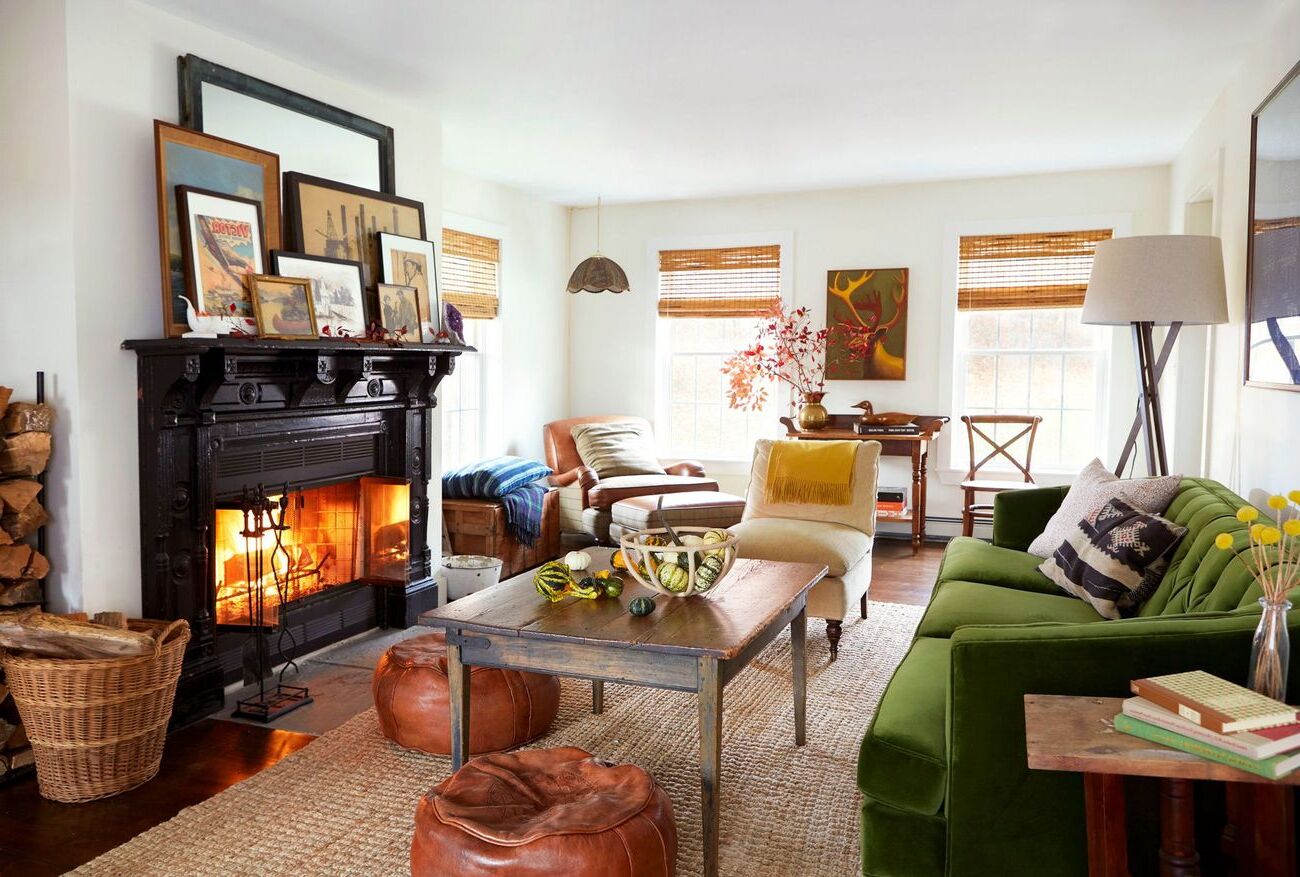
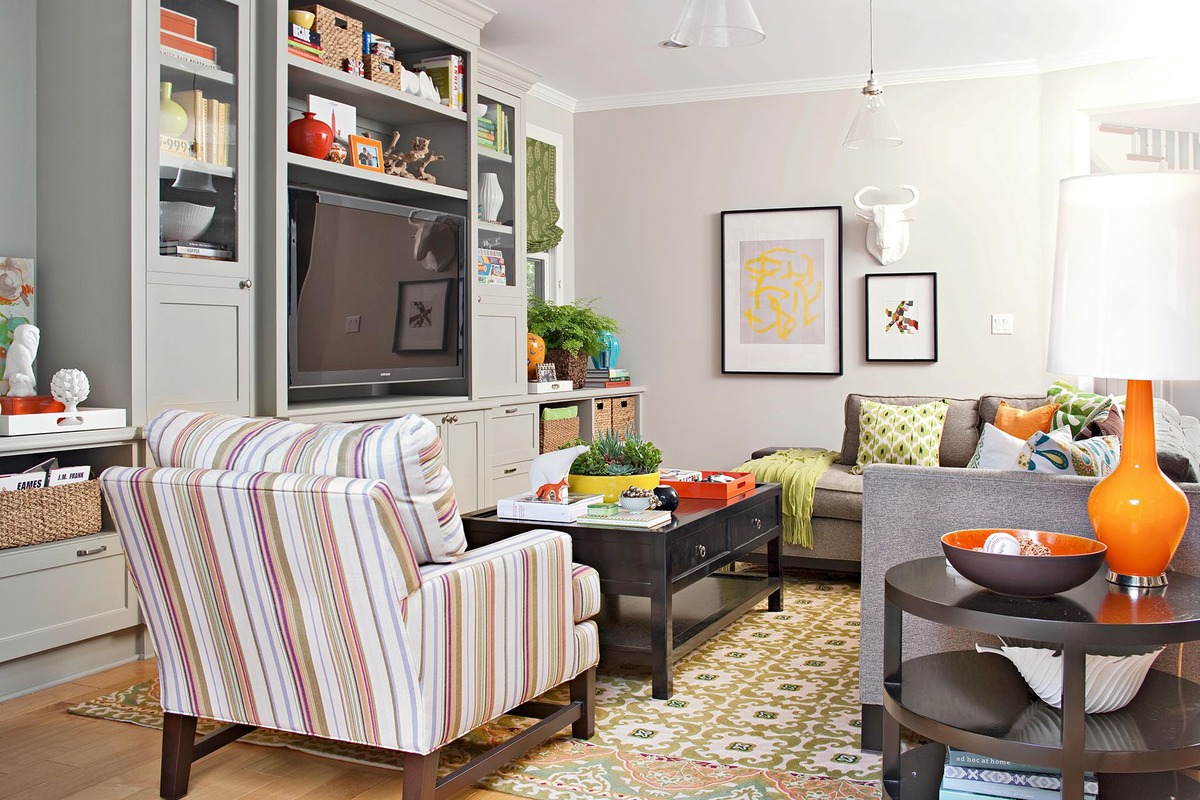
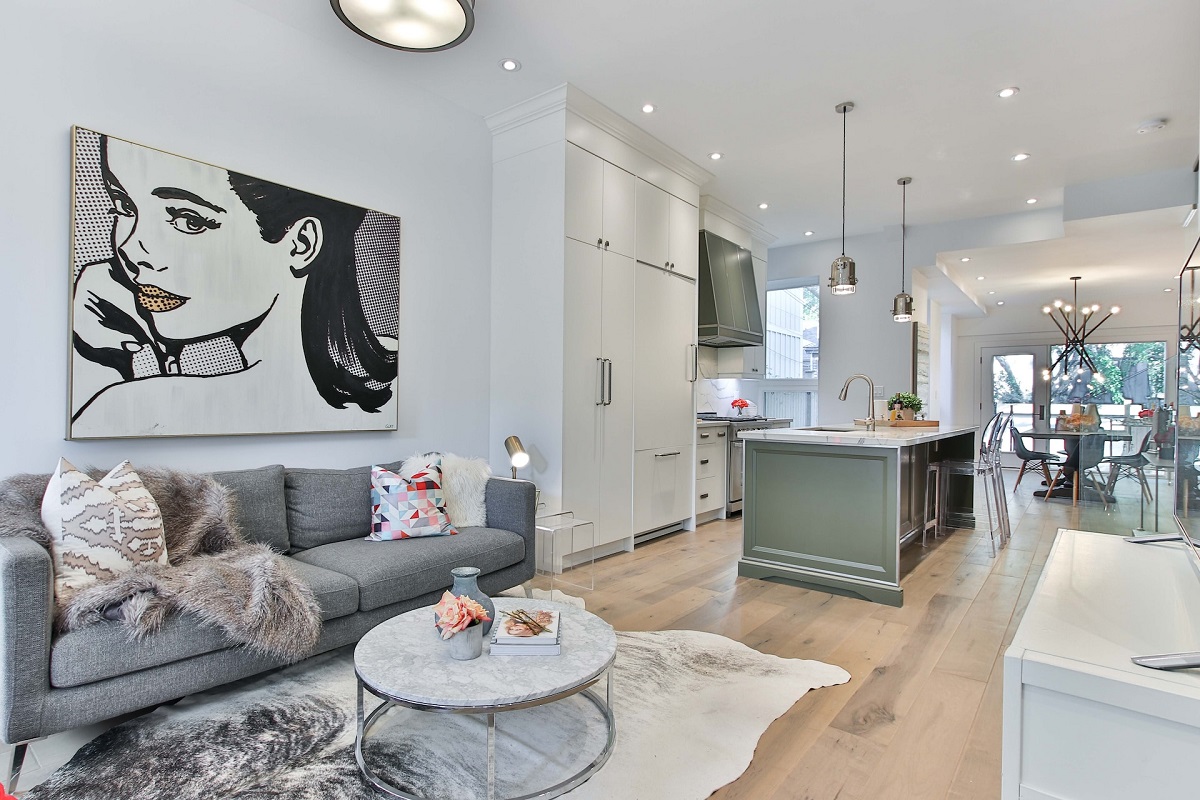

0 thoughts on “Trends To Avoid In Your Living Room: 5 Features That Have Divided Experts”